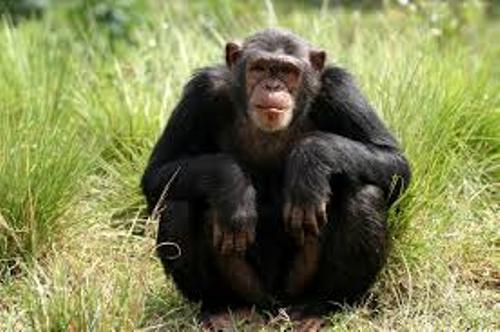

Subspecies: Pongo pygmaeus morio (Northeast Borneo orangutan), Pongo pygmaeus pygmaeus (Northwest Borneo orangutan), Pongo pygmaeus wurmbii (Central Borneo orangutan).Species: Pongo pygmaeus (Bornean Orangutan) Species: Pongo abelii (Sumatran orangutan).Subspecies: Pan troglodytes ellioti (Nigeria-Cameroon chimp), Pan troglodytes schweinfurthii (Eastern chimp), Pan troglodytes troglodytes (Central chimp), Pan troglodytes verus (Western chimp).Species: Pan troglodytes (common chimpanzee) Species: Pan paniscus (bonobos, pygmy chimpanzee).(Image credit: Image courtesy of Zanna Clay at Òlola ya Bonoboó in the Democratic Republic of Congo) Subspecies: Gorilla gorilla diehli (Cross River gorilla), Gorilla gorilla gorilla (Western lowland gorilla)Ī young bonobo consoles another bonobo who just lost a fight.Subspecies: Gorilla beringei beringei (Mountain gorilla), Gorilla beringei graueri (Grauer's gorilla).Species: Gorilla beringei (Eastern gorilla) Kingdom: Animalia Subkingdom: Bilateria Infrakingdom: Deuterostomia Phylum: Chordata Subphylum: Vertebrata Infraphylum: Gnathostomata Superclass: Tetrapoda Class: Mammalia Subclass: Theria Infraclass: Eutheria Order: Primates Suborder: Haplorrhini Infraorder: Simiiformes Superfamily: Hominoideaįamily: Hominidae Subfamily: Homininae (gorillas, hominoids and chimps) The taxonomy of apes (hominoids), according to the Integrated Taxonomic Information System (ITIS), is:

Some apes can take as long as 12 to 18 years to fully develop into an adult. Apes also take much longer to mature than other animals. Unlike other animals, apes take care of their young for many years. They also breastfeed their young for an extending amount of time, like humans. They have live births after a gestation period of around eight and a half to nine months and typically give birth to only one or two babies at a time. (Image credit: Kwita Izina) OffspringĪpes have offspring much like humans. Mountain gorillas only weigh four pounds when they're born. A chimp's diet is mainly fruits supplemented with insects, birds and small mammals, according to the Center for Great Apes. Orangutans eat a fruit diet that is supplemented with vegetation, invertebrates, mineral-rich soil and small vertebrates. Gibbons, for example, eat mostly fruit, but they also munch on leaves, flowers and insects. DietĪpes are herbivores for the most part, but they also may eat small animals or bugs to supplement their diet. In fact, only 3 percent of the animal kingdom practices monogamy, according to the Anthropological Institute of University Zürich-Irchel Winterthurerstrasse. Gibbons are monogamous, which is very rare in the animal kingdom. At night they sleep in nests made from branches or foliage on the ground or in trees.

Chimpanzees are the most social of all the apes, and live in communities with 15 to 120 individuals.ĭuring the day ape families eat, play and protect each other. Gorillas live in family groups that can include as many as 30 members. Siamangs are so close that they almost never wander more than 30 feet (10 m) apart, according to the San Diego Zoo. Gibbons, for example, live in small family groups of two to six individuals. (Image credit: © Terry Whittaker, One-Time Use Only.) HabitsĪ group of apes is called a tribe or a shrewdness. An adult male northern white-cheeked gibbon ( Nomascus leucogenys) found in northern Vietnam and Laos.


 0 kommentar(er)
0 kommentar(er)
